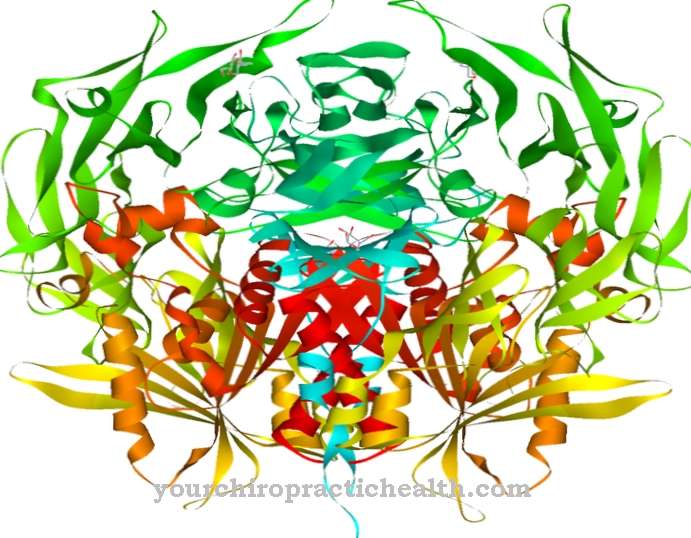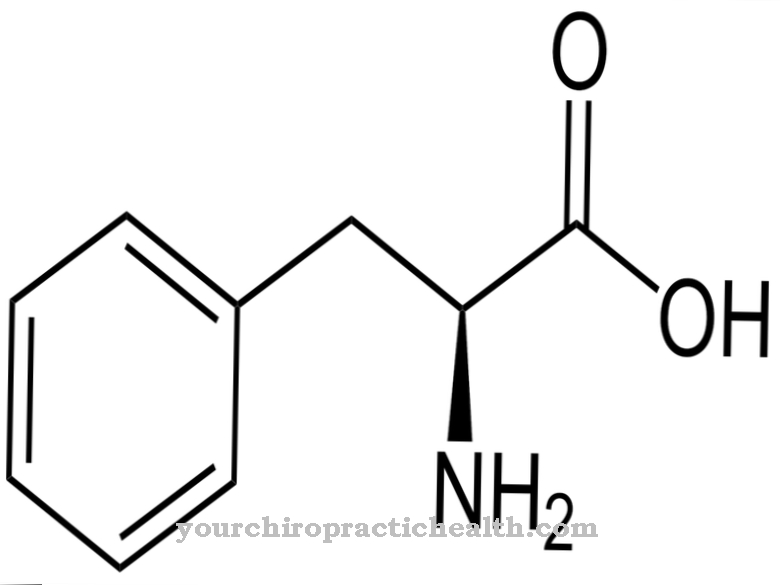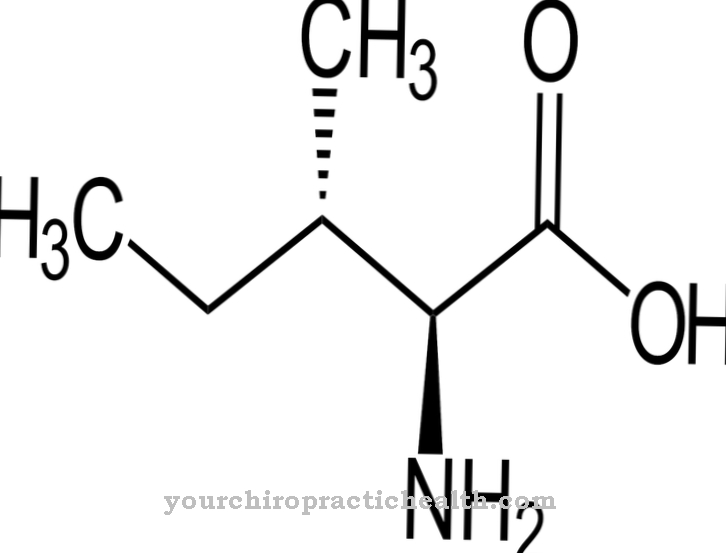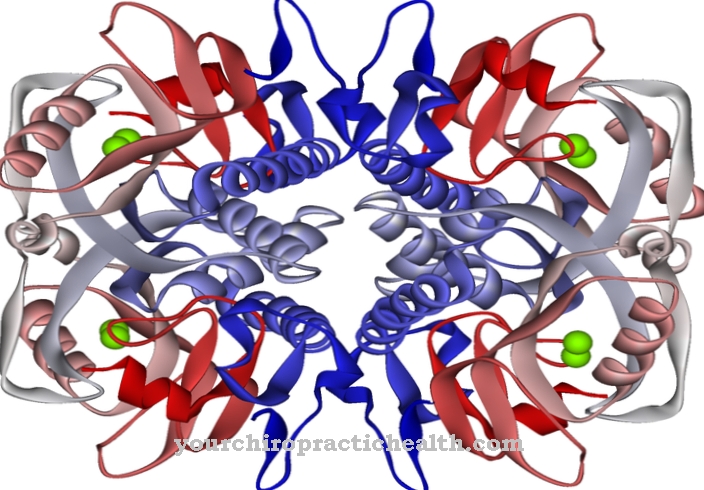Numerous hormones ensure that vital processes take place in the human body. These also include the Sex hormones. While women mainly have estrogens and progestins, androgens are the sex hormones of men. The function of the hormones can be restricted by certain disorders.
What are sex hormones?
The sex hormones influence various mechanisms in the body. The occurrence of too much testosterone in women can lead to symptoms, just as a lack of estrogen causes illness in men. Sex hormones, in particular, have an effect on physical development.
In women, for example, they ensure that the fat is deposited on the hips and chest, creating typically feminine curves. In addition, they play a role in the context of sexuality and thus also in the generation of offspring. In women in particular, very strong hormone fluctuations occur in the course of life. These are particularly noticeable during pregnancy and during the menopause. Sex hormones already become active when the gender is expressed in embryonic development. In men, however, the highest testosterone production is only reached around the age of 20.
Anatomy & structure
Most of the sex hormones in women are produced in the ovaries. The adrenal cortex and placenta also produce the hormones, but to a much lesser extent. Estrogens and gestagens are particularly important in women. There are other hormones behind these.
In the class of estrogens there are also estradiol, estrone and estriol. Estradiol is the most important estrogen. In the context of gestagens, progesterone is particularly important. This is also made in the ovaries. The main production is in the so-called corpus luteum. The main sex hormone for men is testosterone. Testosterone is also found in the female body, but in much lower doses. In men, the androgens are especially produced in the testicles. As with women, the adrenal cortex also takes on a small part of production.
Function & tasks
The functions of sex hormones are diverse. For example, estrogen is important in the growth and development of the genitals. Estradiol, in particular, affects the development of the uterus, ovaries, and vagina. It prepares the female body for a possible pregnancy. The development of the genital organs does not begin until the onset of puberty.
At the same time, estrogens ensure the development of female secondary sexual characteristics. During puberty there is a growth in length. Estrogens stop bones from growing, which makes them perform another important function. The group of estrogens is therefore particularly important for fertility, cycle and offspring. It affects the attractiveness of women through the formation of sexual organs. At the same time, however, estrogens also have psychological effects. In this way they increase sexual desire after reaching sexual maturity. Estrogens thus indirectly influence reproduction and species conservation.
Progesterone lays the foundations for pregnancy: it makes all the preparations for the event that an egg cell implants in the uterine lining. The hormone is essential for pregnancy to occur. An increased progesterone level can be measured after ovulation. At the same time, the body temperature rises minimally. The mammary glands condense due to progesterone. In this way the body is supposed to be prepared for milk production.
In men, androgens ensure that the penis, scrotum and prostate form in the womb. After puberty, boys notice their reproductive organs increase in length due to testosterone. The sperm mature and are able to fertilize an egg and in this way produce offspring. At the same time, the development of a male appearance can be traced back to testosterone. Thus, the sex hormones are important for the gender-typical physical development and generation of offspring.
Diseases
An estimated 5 to 10 percent of all women have an uneven distribution of their sex hormones. If the body produces too much testosterone, this can affect all processes. As part of polycystic ovary syndrome, women develop hair growth classified as male, irregular or absent menstruation, hair loss and other complaints.
The disease is usually accompanied by infertility and is responsible for an increased risk of secondary diseases such as diabetes and cardiovascular problems. PCO cannot be cured, but it can be treated. Research has now shown that estrogen can promote breast cancer growth. The first suspicion arose from large-scale population studies. Scientists have since found out that breast cancer cells often have receptors that estrogens can connect to. In this way, certain signals are sent, which lead to increased growth of the cancer cells.
An imbalance in hormones also causes symptoms in men. For example, there may be a lack of testosterone.Low testosterone levels often lead to decreased estrogen production. If there is too little estrogen, further complaints express themselves. Men report chronic fatigue, muscle pain, decreased performance, hot flashes, a decrease in beard growth and psychological components such as depression and irritability.
With increasing age, the reduction in testosterone and estrogen often triggers a perceived severely reduced libido. Testosterone deficiency is usually the result of physical aging. Furthermore, individual living conditions such as obesity, unhealthy diet, alcohol and permanent stress can promote the development of a deficiency symptom. If necessary, a deficiency can be treated with injections, for example.



























